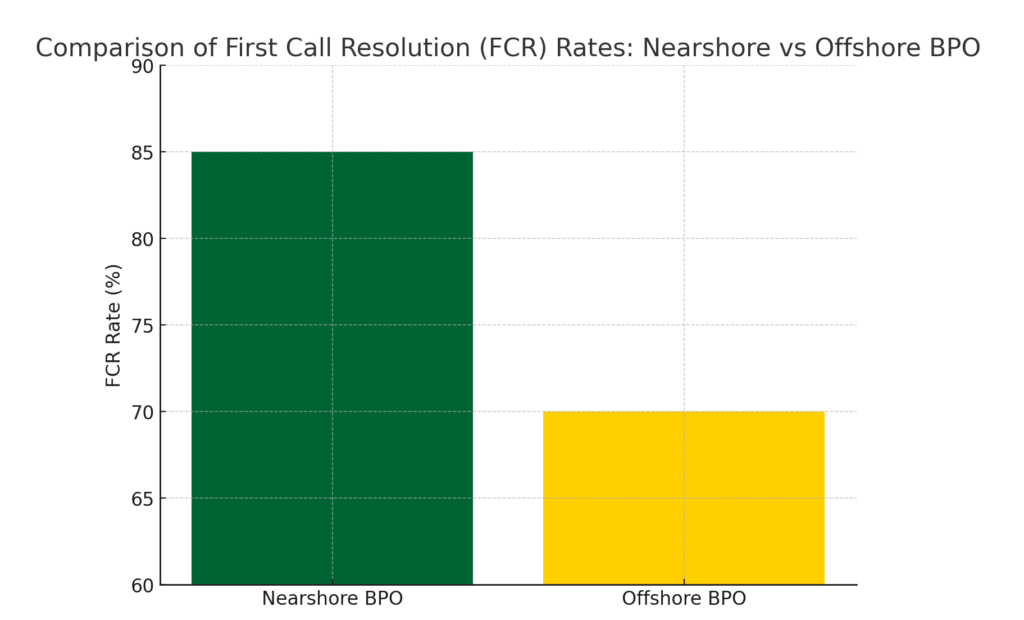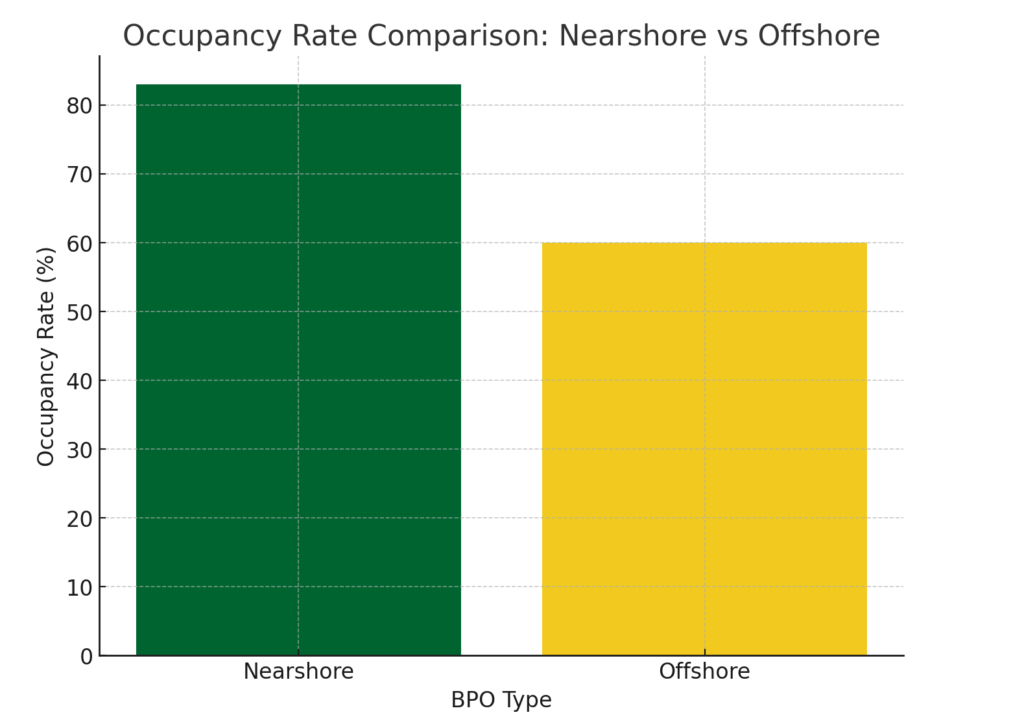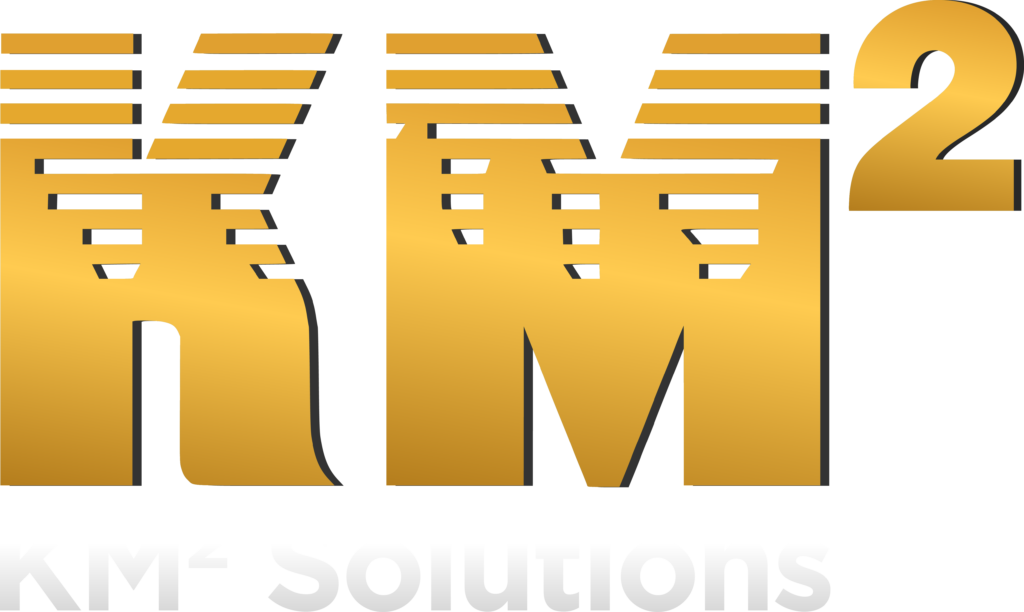Price vs. Value
An Economic Case for Nearshore Outsourcing

October 2024
As first discussed in our 2021 article titled The Value of Productivity, decision-making based on dollar hourly rates has long been the pitfall of first-time outsourcers and seasoned ones alike as companies seek the cost savings of engaging with a BPO without necessarily understanding the intricacies of the actual value of what’s on offer. In the rapidly flowing world of business process outsourcing, there’s been a fair bit of water under the bridge since 2021, with new trends and indicators emerging that strengthen this argument.
Thanks to sector growth and emerging geographic locations, there are more outsourcing options than ever before, and seemingly low-dollar hourly rate propositions are plentiful. However, increasingly, within the traditional value differentiators attributed to proximity, location, and language, some new observations further make the economic case for why an effective nearshore outsourcing strategy continues to out-value offshore alternatives through a lower “total cost approach.” By analyzing some basic metrics and exploring some value-adds to consider, we can highlight expected nearshore efficiencies that can lead to real-world savings compared to an equivalent offshore model.

Average Handle Time (AHT)
One of the most common and crucial metrics, AHT, is the average time it takes for an agent to handle a customer interaction from start to finish. And where time directly translates to cost, a reduction in AHT dramatically reduces operational expenses. It is widely supported that AHT in nearshore BPO operations can be as much as 25% lower than in offshore locations. This operational efficiency is primarily attributed to the fundamental differentiators of nearshore outsourcing: proximity, cultural affinity, and language proficiency. Therefore, an effective nearshore model requires theoretically 25% less headcount out of the gate than an offshore alternative.

First Call Resolution (FCR)

Occupancy Rate
Customer Satisfaction, Retention, and Lifetime Value
Successful nearshore BPOs typically perform better in customer satisfaction, often achieving CSAT scores up to 15% higher than offshore counterparts. Again, this is due mainly to factors such as cultural affinity, language fluency, and similar time zones, which make communication smoother and more effective. A 15% higher CSAT score for nearshore services translates into a boost in key business outcomes like customer retention, upsell opportunities, and Customer Lifetime Value (CLV).
For instance, J.D. Power cites that highly satisfied customers are 2.5 times more likely to open new accounts or purchase additional services, which means nearshore operations with higher CSAT scores could drive more revenue through repeat business and cross-sell opportunities. If each retained customer generates $100 in additional revenue annually, the 15% higher CSAT in nearshore operations would lead to a proportional increase in customer loyalty and retention, driving significant revenue growth.
Additionally, nearshore operations’ higher CSAT scores can reduce customer churn, leading to lower acquisition costs. Bain & Company suggests that a 5% increase in retention can boost profitability by up to 75%. By improving retention through higher CSAT, nearshore operations reduce the need to acquire new customers to replace churned ones, yielding both cost savings and higher profitability. These improvements in loyalty, retention, and revenue from upselling, combined with lower churn, can significantly increase the total financial value of nearshore BPOs compared to offshore services.
In the words of Warren Buffet, “Price is what you pay. Value is what you get.” And by comparing dollar hourly rates between nearshore and offshore providers, it’s imperative to remember that there can be a gulf of difference in overall value. While it’s always important to consider key factors like reputation, history, and expertise when selecting an outsourcing provider, ultimately, the customer’s experience is crucial to driving success and future growth. By considering the cost efficiencies based on these basic metrics alone and the resulting long-term value added by employing a nearshore outsourcing strategy, better-informed decisions can be made about where best to position your outsourced services.
For over twenty years, KM² Solutions has partnered with top global brands to help realize their outsourcing needs and those of their customers. With an exclusively nearshore strategy and a focus on high performance and measurable quality, KM² excels in using data-driven analytics and insights to help outperform its competitors across all key metrics. With a seasoned workforce management team, KM² is adept at striking the right balance when it comes to effectively utilizing agents, ensuring maximum operational efficiencies while maintaining employee well-being. This dual approach of being both client and workforce-centric, along with its broad geographic footprint of top-tier nearshore locations, means KM² is perfectly positioned to maximize value for its clients now and in the future.
About KM² Solutions



